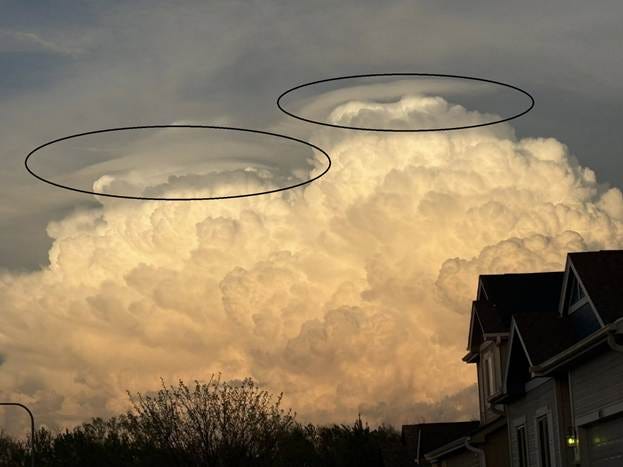Weather Classroom: Pileus Clouds
Pileus clouds, or cap clouds, often appear above intensifying thunderstorms.
On Monday night, atop developing thunderstorms over western Iowa, sky watchers in the Omaha area were treated to an example of pileus clouds, which added to the visual presentation of tall, billowing white clouds that were beginning to also reflect oranges and pinks in the setting sun.
What are pileus clouds, how do they form, and what do they signify in…
Keep reading with a 7-day free trial
Subscribe to James McCormick to keep reading this post and get 7 days of free access to the full post archives.



